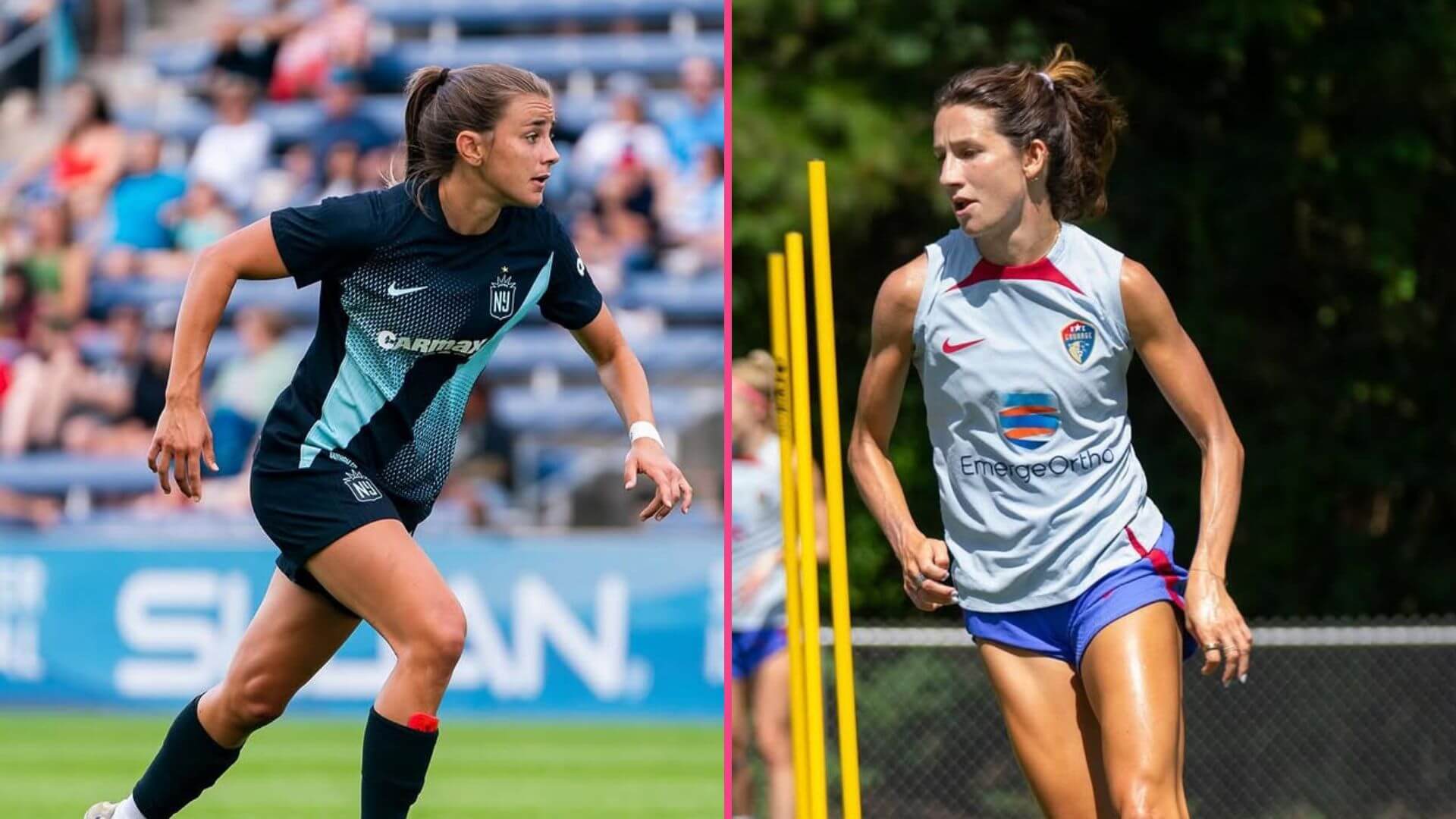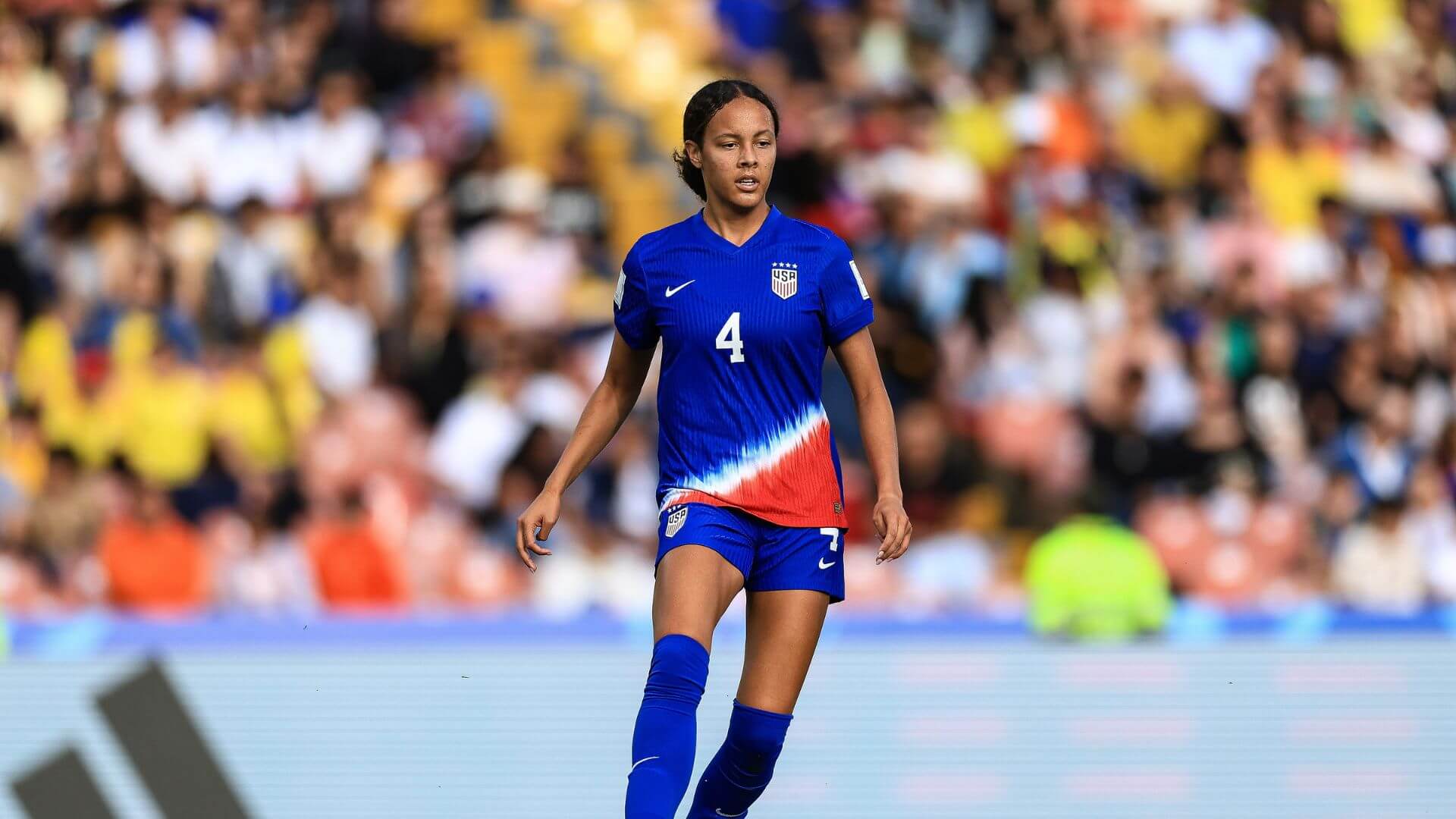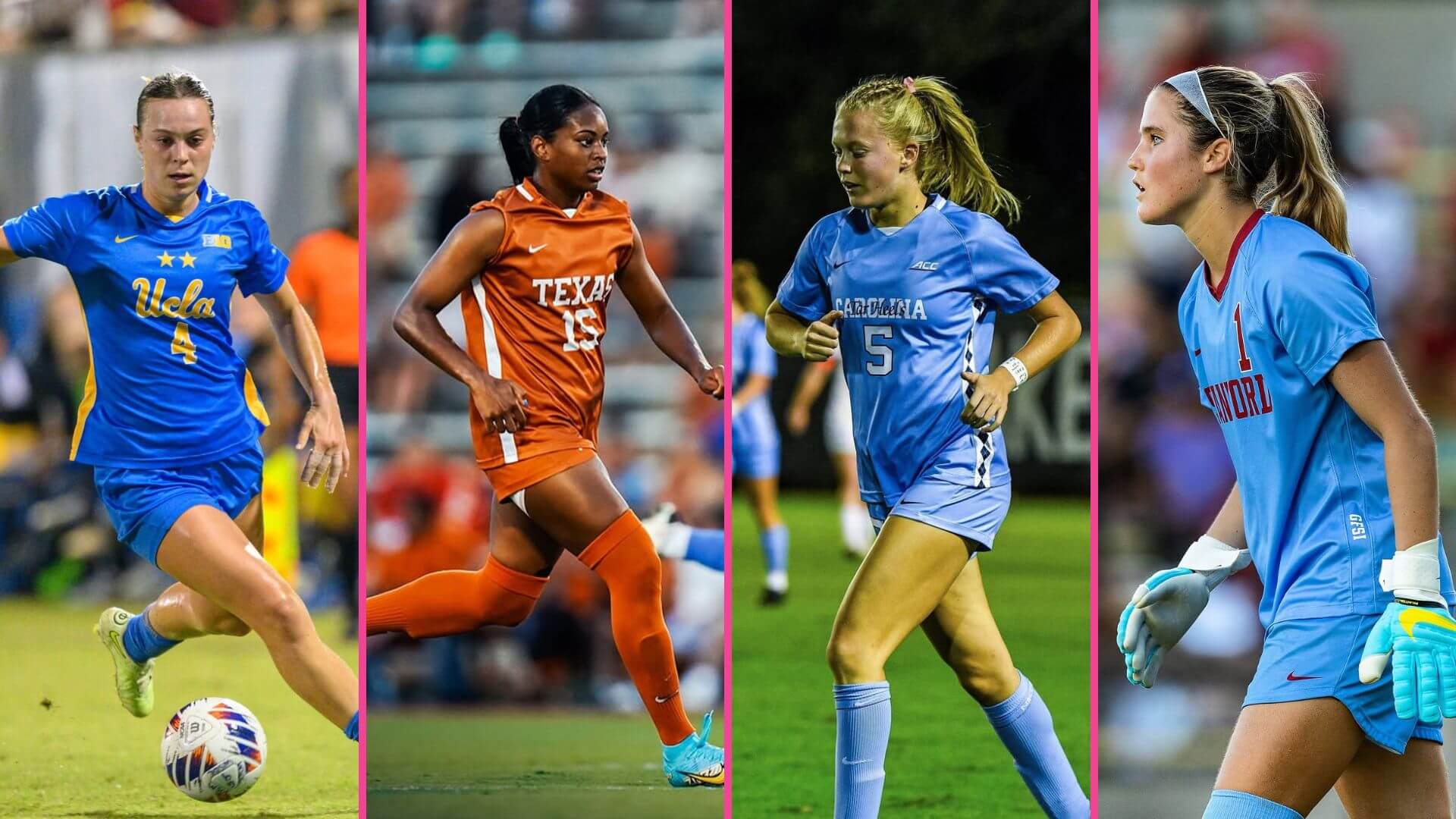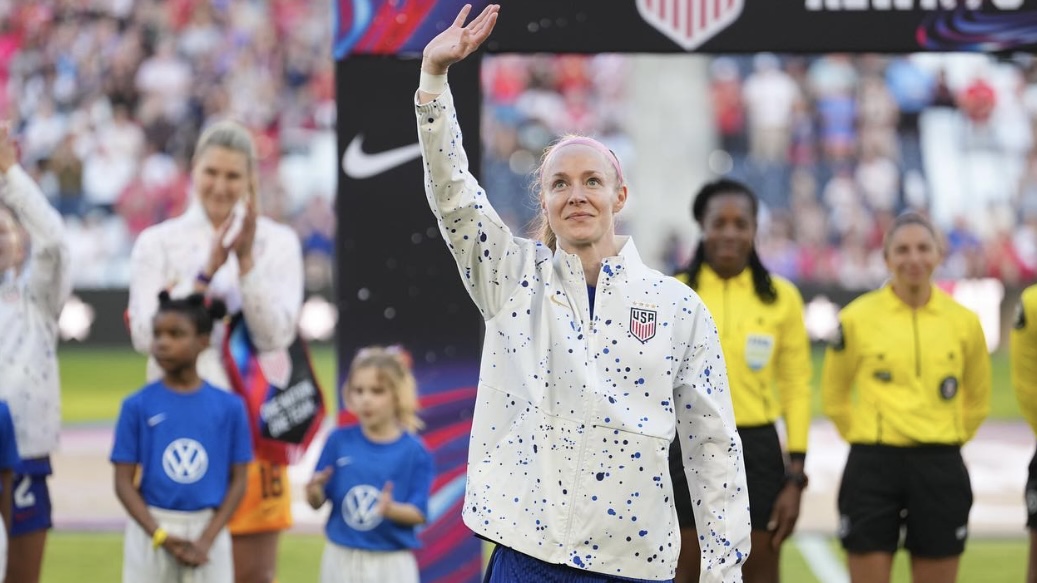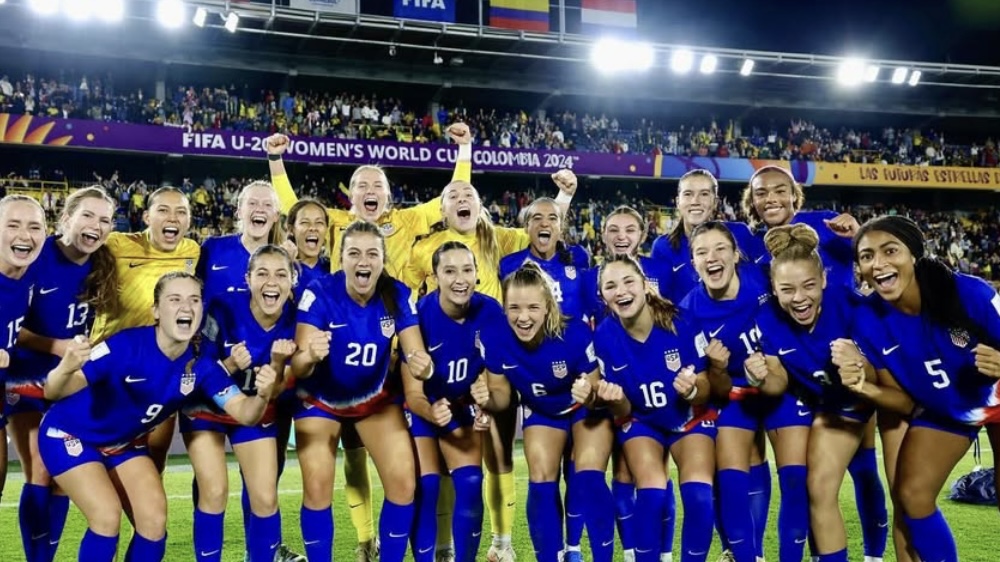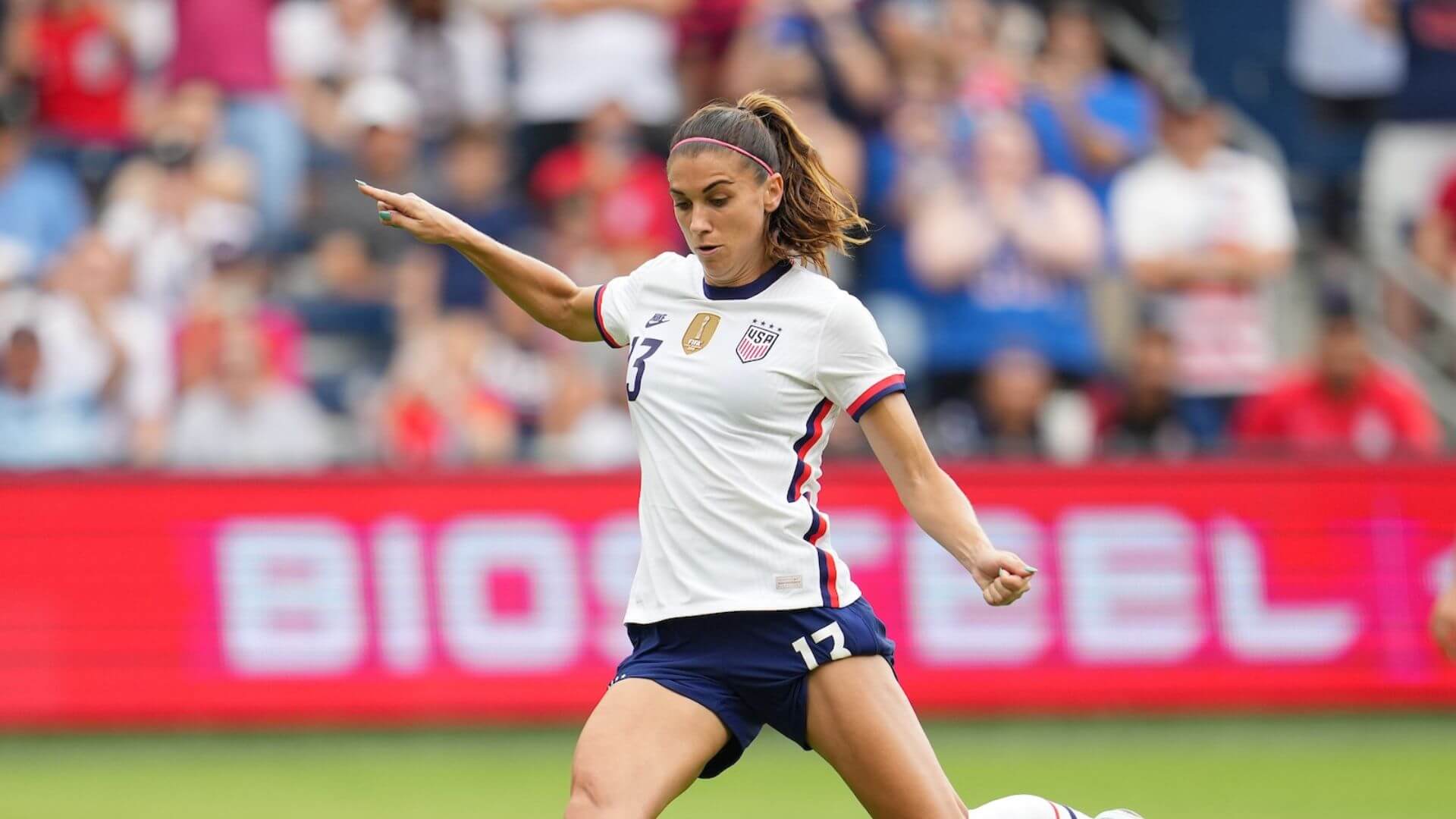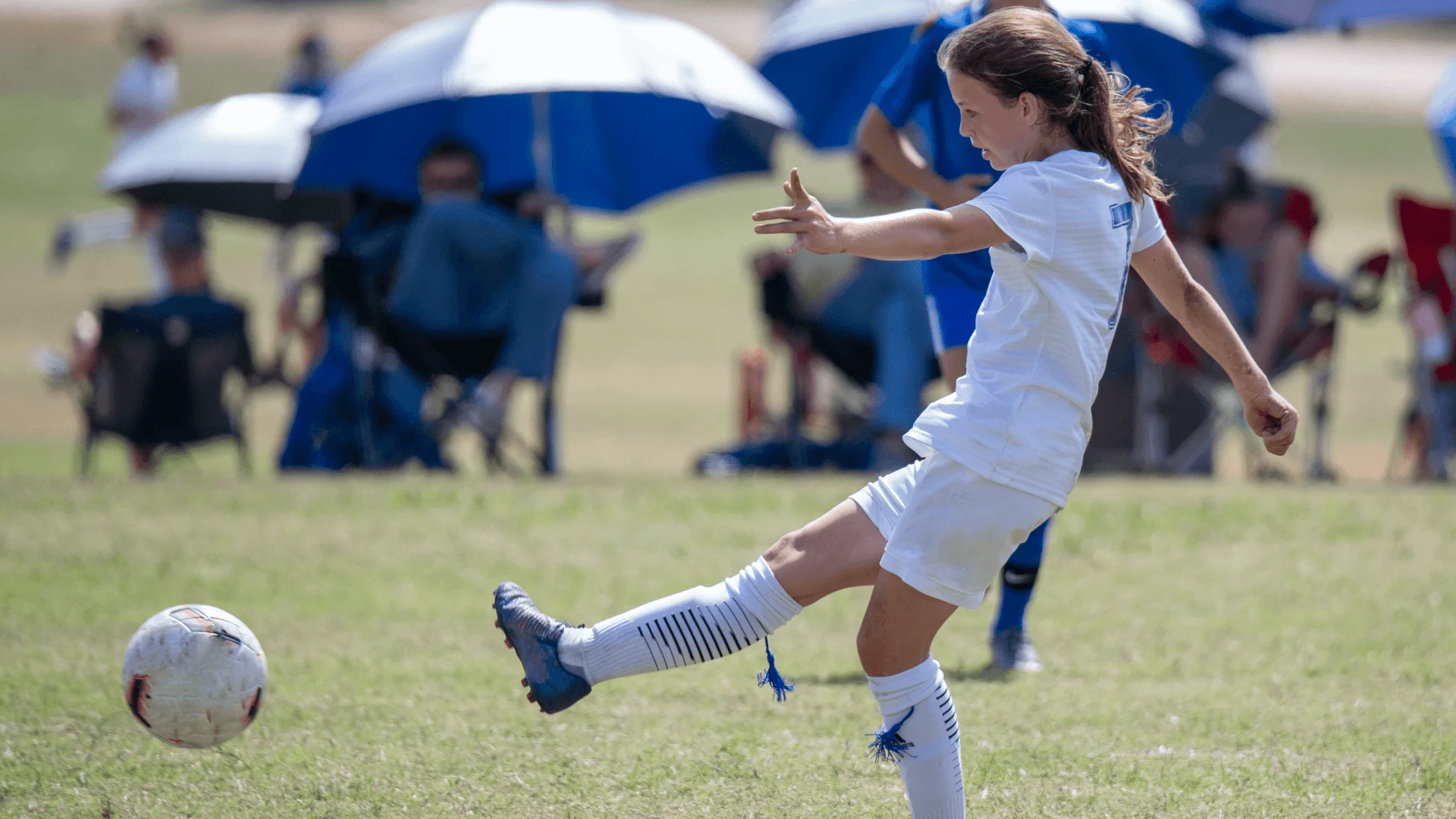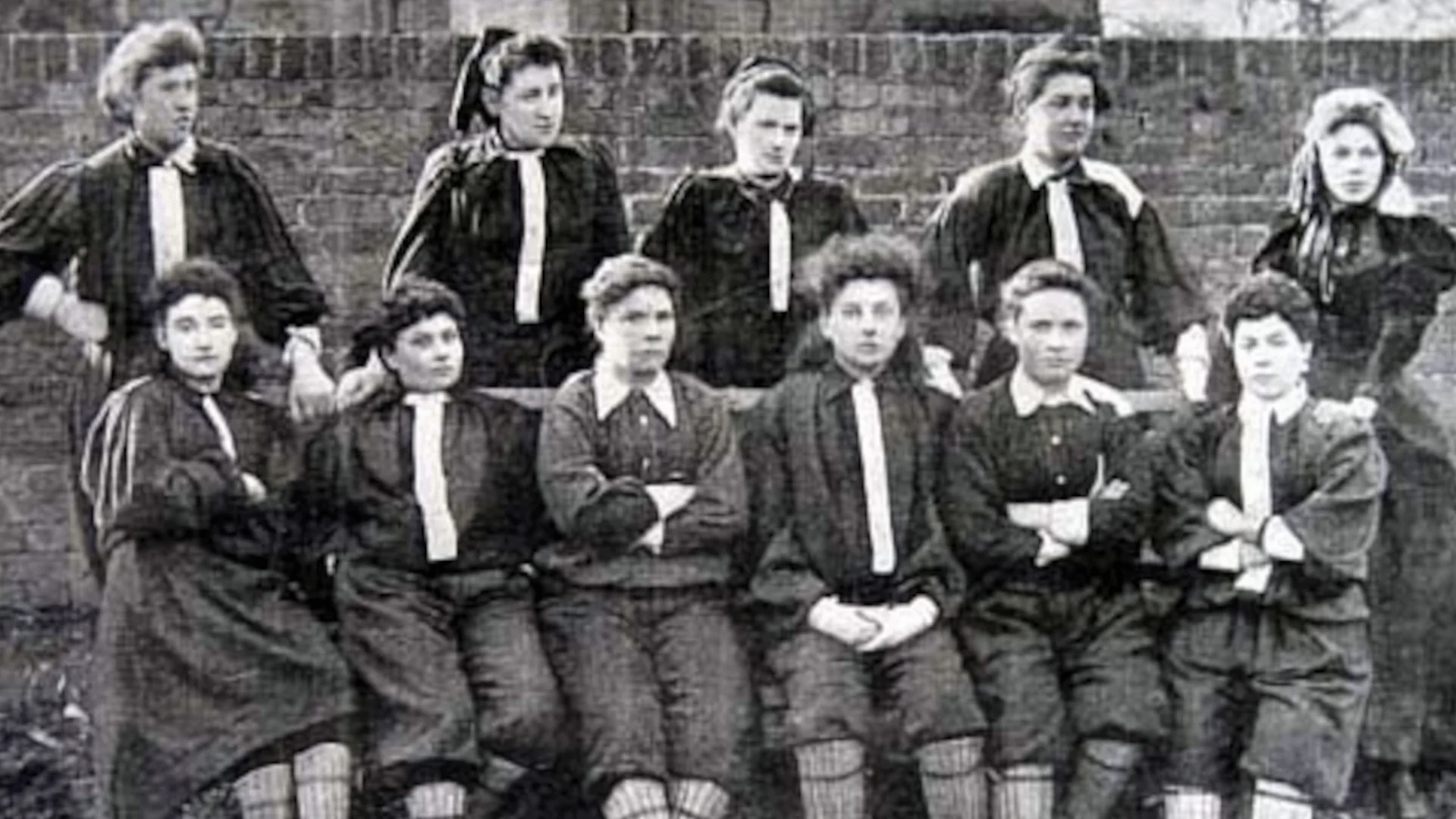The Difference Between Women’s and Men’s Athlete Sponsorships
The fair pay movement dominates women’s soccer news. However, wages from professional leagues or federations only make up an athlete’s base pay. Much of a top player’s pay actually comes from athlete sponsorships and endorsement deals. Many companies will sponsor a top team, gaining access to the team’s name, symbols, and athletes for money. Sponsorship money pays bonuses for winning, for traveling, for attending, and more.
Breaking Down a Top Soccerista’s Pay
Alex Morgan earns an annual salary of $400K from the Orlando Pride and USWNT. While that’s not an insignificant amount, most of her income actually comes from sponsorships from companies like Nike, McDonald’s, Coca-Cola, Panasonic, Bank of America, Chapstick, Chobani, AT&T, and others. Morgan’s sponsorship pay is especially high, not just because of her top player status, but also because she has worked to build a huge social media presence. These endorsements bring her total net worth to about $4.6 million.
In comparison, Lionel Messi and Cristiano Ronaldo earn more than $100 million annually. Domestically, MLS has a seasonal wage cap per team of $4 million. However, they exempt 3 players from that cap and pay them more. During his time with the LA Galaxy, Zlatan Ibrahimovic was the highest-paid player in the league at $7.2 million per year.
Team Sponsorships
The NWSL gained several new sponsors in 2020, including P&G/Secret Deodorant, Google, and Verizon. These add to the existing Budweiser sponsorship to equal 6 top-level sponsors. The additional sponsorships helped the league increase the salary caps by 20%. MLS, meanwhile, has 24 top-level sponsors. For all the excitement around US Women’s soccer, top sponsors are hard to come by.
Television rights often make up the biggest part of team sponsorships. Each year women’s sports are drawing larger television audiences. The audience grows when fans have an easier time finding games on TV. Under NWSL’s new TV deal, CBS broadcasts one game per week. If you want to watch more, you must pay for the CBS All Access expanded service. MLS has matches televised by ESPN, Fox, Univision, and ABC as well as regional stations. Women’s games would have larger viewership if fans could regularly watch them. The big reason given for men’s greater pay is larger TV audiences for the MLS. Understandably, this argument is circular.
Social Media
Social media is another area where athlete sponsorships come into play. Alex Morgan is the queen of social media, having 13.6 million Instagram followers. With an audience that large, she can earn between $40K and $80K per social post and up to $250K for a campaign. Morgan’s had deals with Coke, Secret deodorant, FabFitFun, and Molecule mattresses. It takes a lot of work to keep up a social media presence like that. Few Socceristas put in Morgan’s level of work.
Activist Sponsors
Some sponsors have taken on the equal pay fight as part of their sponsorship advertising. Nike and Visa have clarified that they evenly divide their sponsorships between men’s and women’s sports. In 2019, both Luna Bar and Secret deodorant made news by paying the USWNT players the $31,250 or $23K difference between the men’s and women’s roster bonuses. Sponsors invest their money in an image – and the image of women gaining power and standing up for themselves is a money-maker.
Athlete Sponsorships Are the Future
US-type sponsorships are spreading to Britain and Europe. Teams can offer a base pay of $35K and then boost the pay to some players through sponsorships. Players who are more visible, and those who work hard to become more visible, are the ones who benefit most. And, like all else, sponsors pay men much more for their sponsorship deals.
Only a few players can grab those high-paying athlete sponsorships, whatever their level of play. Morgan is at the top followed by Megan Rapinoe, Tobin Heath, Julie Ertz, Carli Lloyd, Christen Press, and Mallory Pugh. So what about the players who aren’t able to attain such lucrative deals? Only fair pay can help level the field.
Featured Image via Instagram @alexmorgan13



